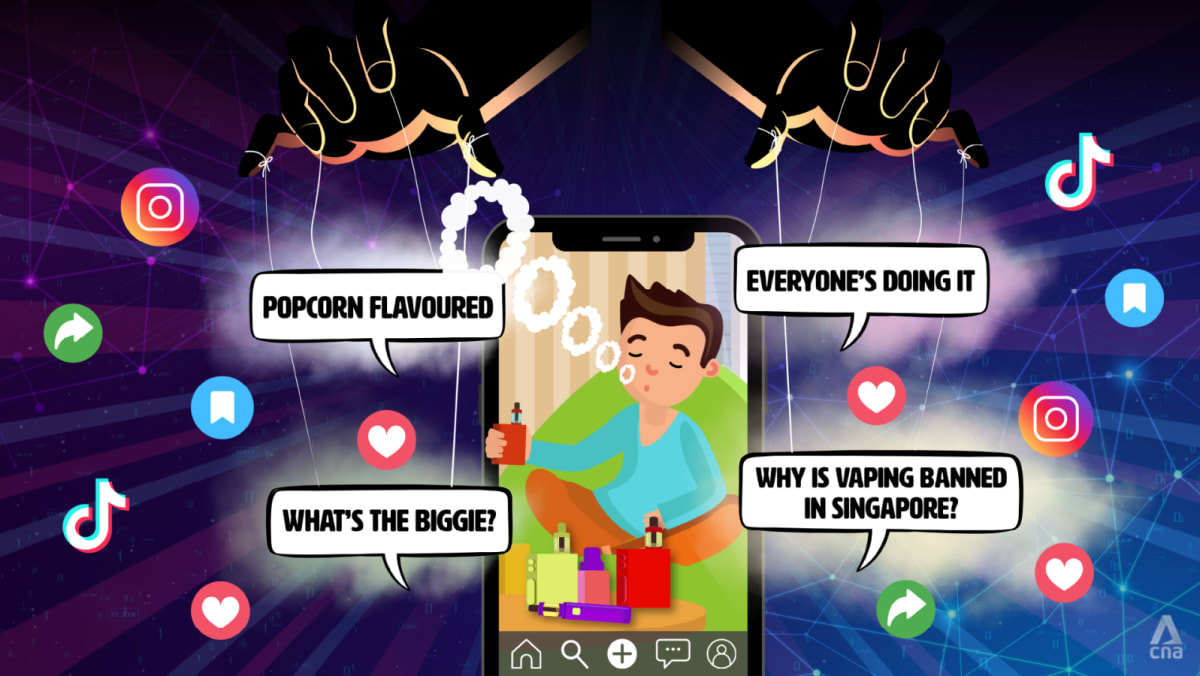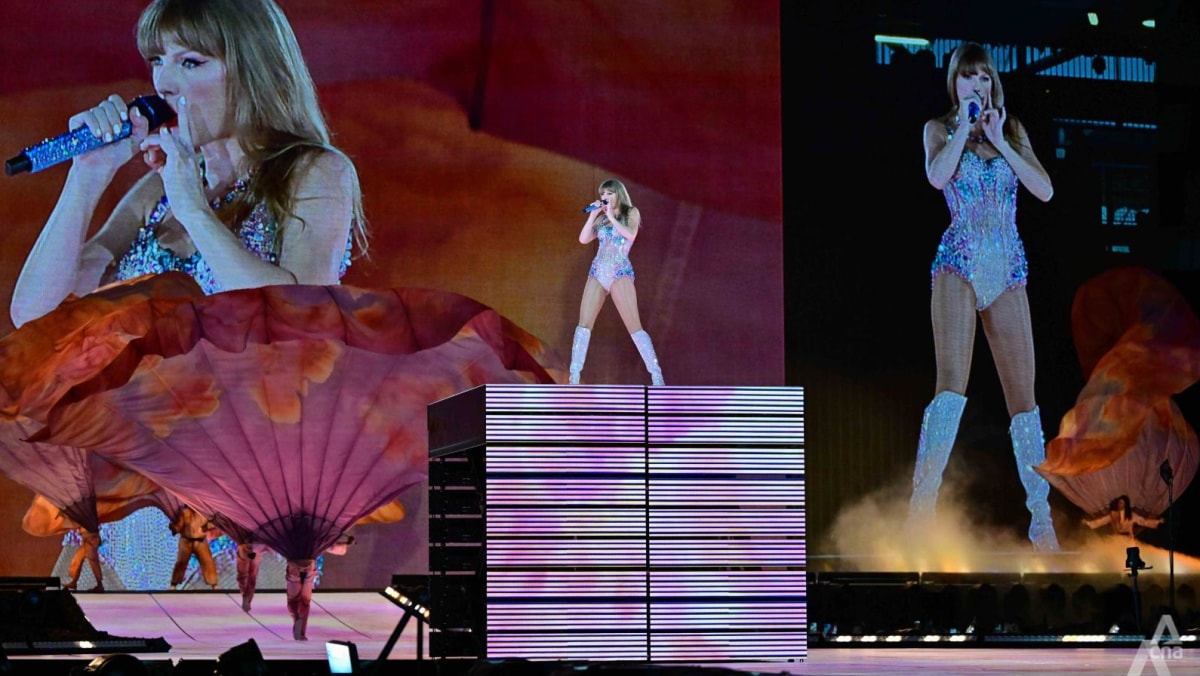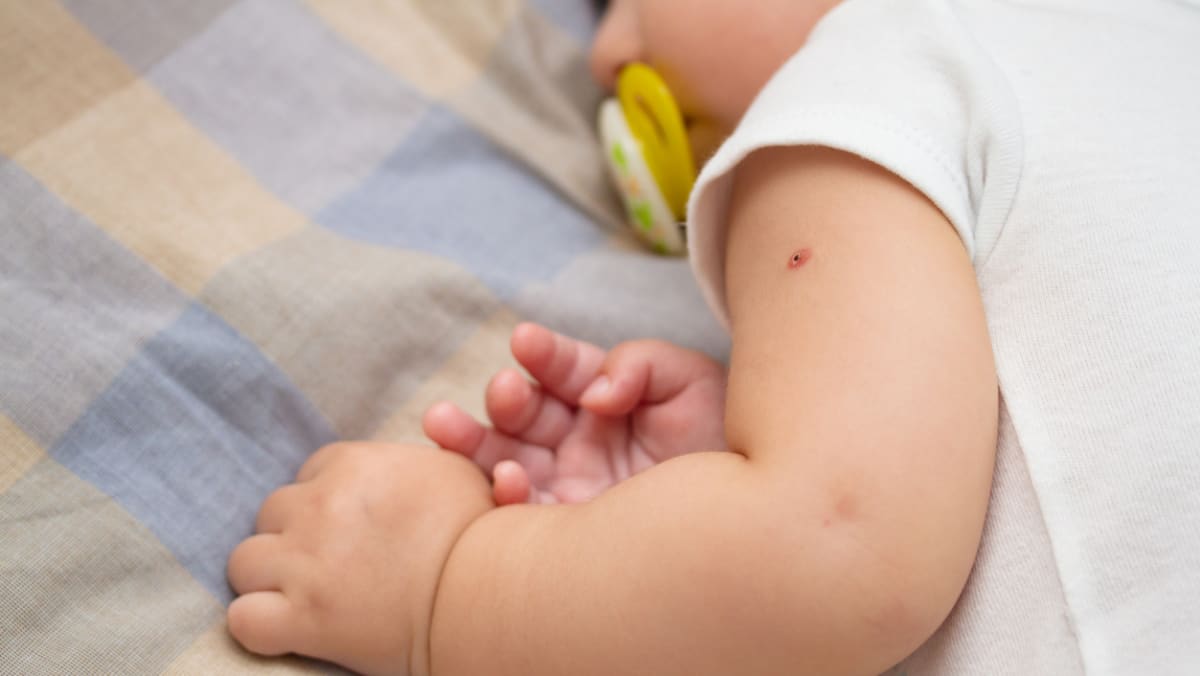TIME TO #UNFOLLOWBIGVAPE
Part of the issue is that Singapore’s vaping prevention campaigns, while well-intentioned, lack the nuance to counteract industry narratives.
If a student, while waiting for the MRT, watches a TikTok clip of an influencer vaping, then looks up and sees a government poster warning that “vaping is illegal”, the messaging feels disconnected.
The missing piece is that young people often don’t realise they are being manipulated by the industry. They mistake their social media feed for reality, and dismiss government anti-vaping campaigns as biased and paternalistic.
To counter this, prevention efforts must move beyond scare tactics to educating youth on how the industry strategically markets vaping as harmless, despite evidence to the contrary. For instance, campaigns could highlight how the industry uses influencers to manipulate youths into believing that “everyone vapes”, or how they fund misleading studies that claim “vaping is safe” to discredit legitimate science.
With so much junk information out there, schools should also teach students to recognise manipulative marketing tactics, helping them discern credible information from industry-funded content.
Engagement is also key. Anti-vaping efforts need to feature relatable, engaging content on platforms where young people spend their time, like TikTok and Instagram. Peer-led campaigns featuring young advocates are far more persuasive than authority-driven warnings.
It’s time to unfollow Big Vape.
Yvette van der Eijk is Assistant Professor at the Saw Swee Hock School of Public Health, National University of Singapore.














